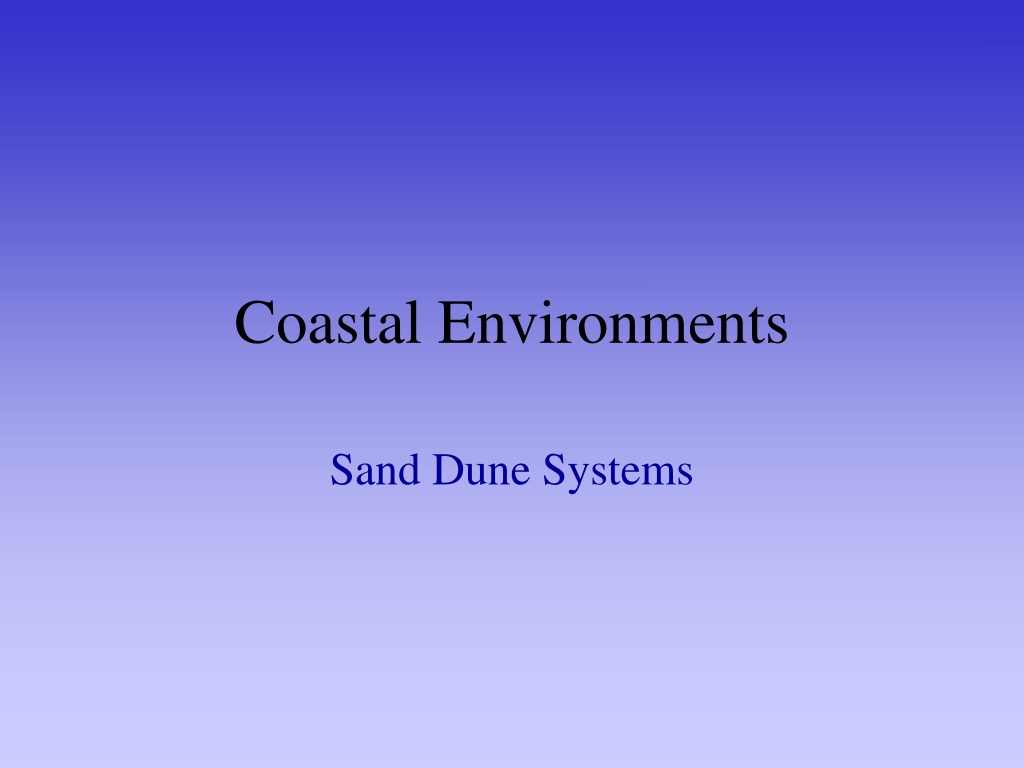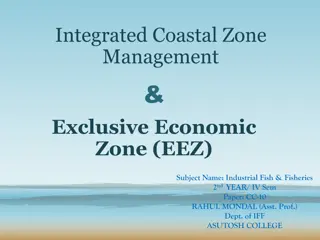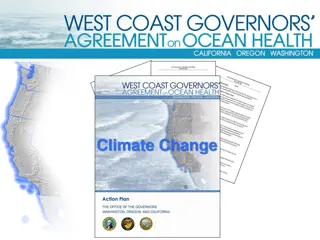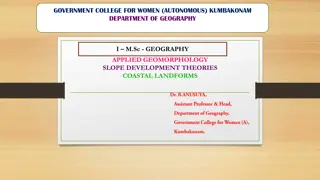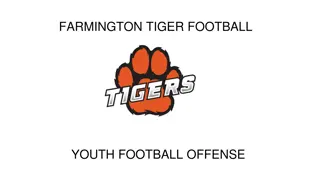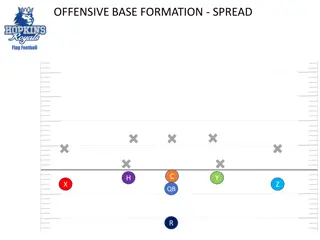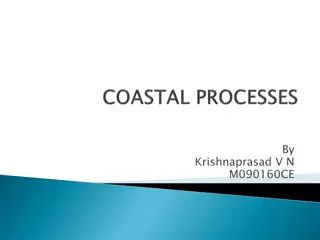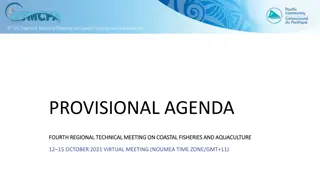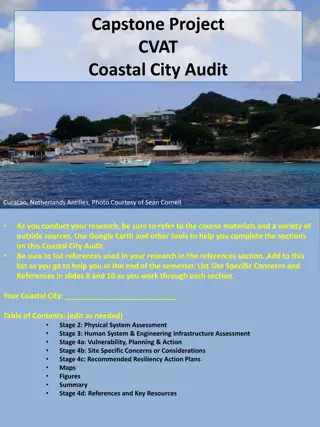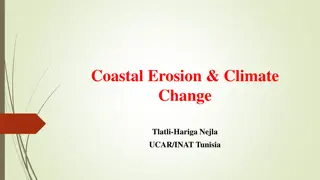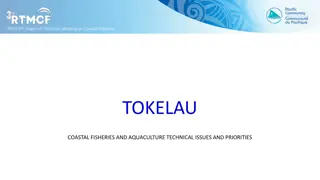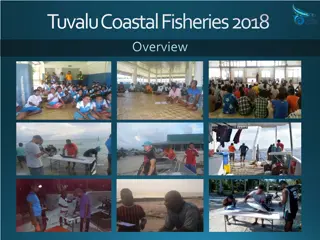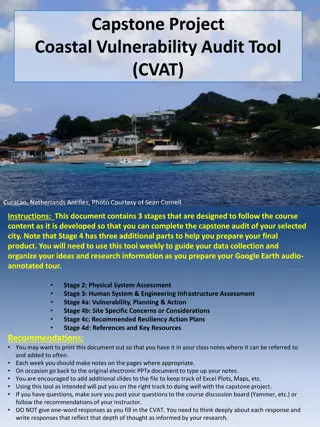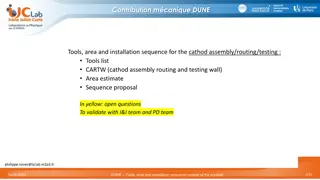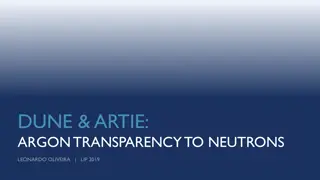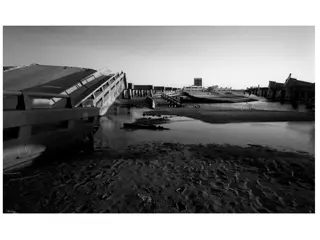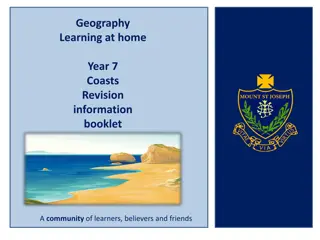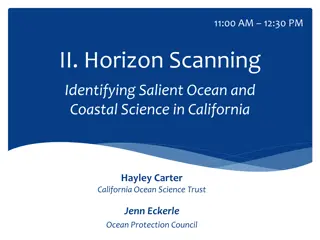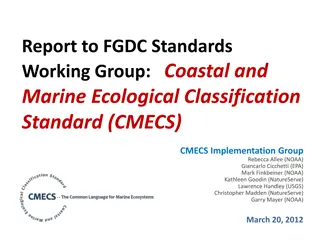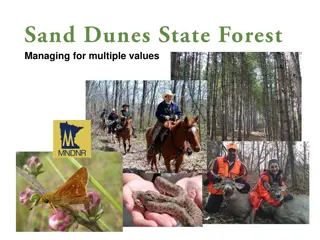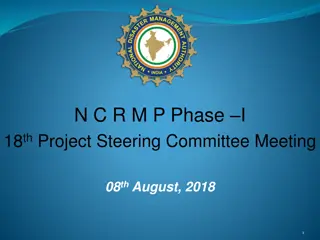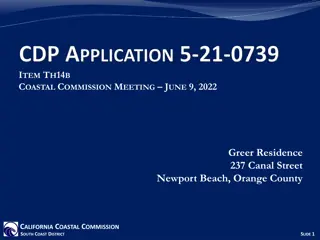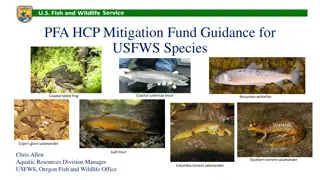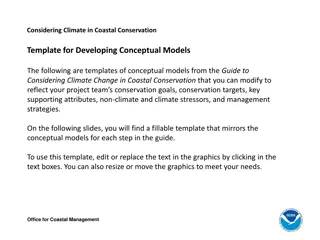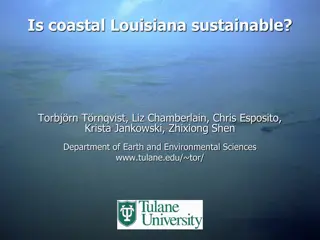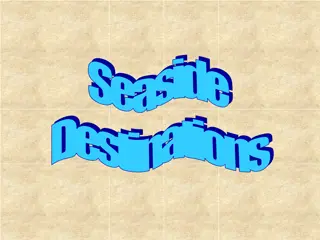Understanding Coastal Sand Dune Systems and Formations
Explore the intricate world of coastal sand dune systems, including the accumulation of windblown sediment, sand movement processes, dune formation stages, morphology classifications, and further categorization of dune types such as bay dunes and offshore island dunes. Learn about the vital role of vegetation, sand transport rates, and the unique characteristics of temperate latitude dunes. Dive into the categorization and characteristics of different dune types along with the importance of dune conservation and management.
Download Presentation

Please find below an Image/Link to download the presentation.
The content on the website is provided AS IS for your information and personal use only. It may not be sold, licensed, or shared on other websites without obtaining consent from the author. Download presentation by click this link. If you encounter any issues during the download, it is possible that the publisher has removed the file from their server.
E N D
Presentation Transcript
Coastal Environments Sand Dune Systems
2 Coastal Dunes Temperate latitudes. Accumulation of windblown sediment needed in backshore zone. UK - around 7-8% of coast has vegetated dunes. Needs vegetation, low rainfall, strong winds and abundant sand. Lindsey Wood, liw2, 022423830
3 Sand Movement Saltation sand blown downwind. Transfers energy through other grains. 75% of sand moved by this method. Sand Transport Rate 1000 Weight of Sand 800 Transported 600 400 Surface Creep 200 By product of saltation. 0 0 10 20 Pushed along sand surface Wind Velocity Sand Transport Rate Must be dry Lindsey Wood, liw2, 022423830
4 Formation Embryo dunes obstacle forces deposition of sand Embryo Fore Grey Foredunes embryo dunes coalesce laterally Grey dunes includes 1st, 2nd, 3rd dune ridges etc. Growth of foredunes Lindsey Wood, liw2, 022423830
5 Classification Type Embryo dune Morphology Vegetation Unconnected mounds, 1 or 2m Shore parallel ridges. Up to 10m 10 30m. Steep windward slope, gentler lee slope Sand Twitch & Sea Lyme Marram Grass Foredune 1st Dune ridge Marram Grass dominant 2nd Dune ridgeLarger than 1st dune Marram Grass starts to die off ridge. Up to 30m Lindsey Wood, liw2, 022423830
6 Further Classification Bay Dunes eg. Studland Spit Dunes eg. Ynyslas, see right Hindshore Dunes eg. Merthyr Mawr Ness or Forland Dunes eg. Tentsmuir Offshore Island Dunes eg. Scott Head Ynyslas Dunes dunes http://www.bbc.co.uk/wales/mid/fun/wa llpaper/pages/ynyslas_sand_dunes.shtml Lindsey Wood, liw2, 022423830
7 This powerpoint was kindly donated to www.worldofteaching.com http://www.worldofteaching.com is home to over a thousand powerpoints submitted by teachers. This is a completely free site and requires no registration. Please visit and I hope it will help in your teaching. Lindsey Wood, liw2, 022423830
